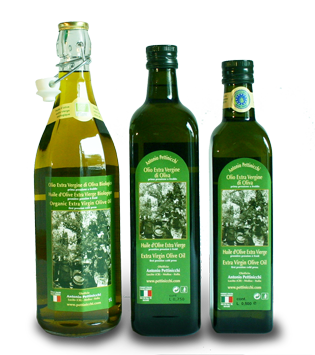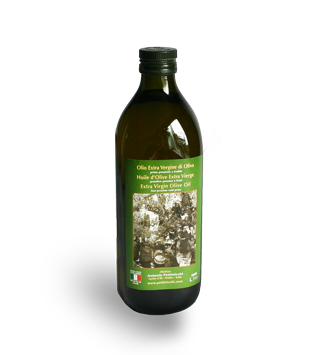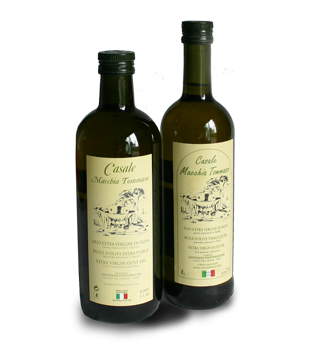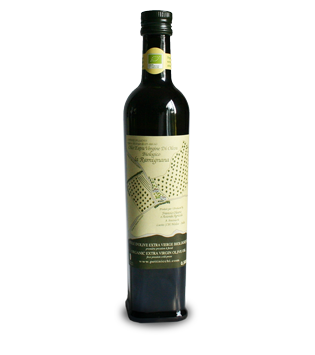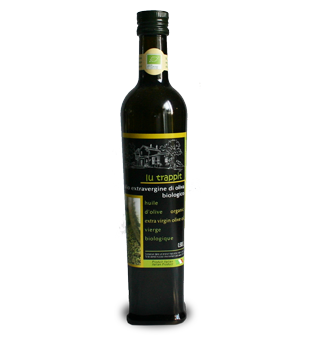Production Methods
FRANTOIO OLEARIO & AZIENDA AGRICOLA “BIOLOGICA” ANTONIO PETTINICCHI
The finest Extra Virgin Olive Oil that Molise and Italy for that matter has to offer the international market. Mr. Pettinicchi has been servicing the Montreal market for over 27 years. Growing his farm one tree, one drop of olive oil, one bottle, and one case of olive oil at a time. Today the farm is 11 Hectares, with over 3000 olive trees. Quebec might not be able to grow its own olives but this little piece of olive orchard in the town of Lucito, province of Campobasso, is thankful to the people of Quebec. Direct contribution to its growth. “MADE BY QUEBECERS”. Clients have been visiting the farm for many years and are encouraged to keep on doing so. If you have plans of visiting Italy stop by and say hello. Experience our traditions, depending of the time of the season there is always new crops being produced. Olive being picked and pressed, wine, fresh fruits, (figs, Indian figs, apricots, pomegranate) and many more.
The harvest and production of our ORGANIC olive oil meet the most stringent EU and Italian government Standards. Our farmhouse products are rigoursly controlled throughout their production process. Organic techniques in line with legislation set by the European Economic Community 2092/91, carried out by Molise regional headquarters of “SUOLO E SALUTE” Health Association. Every tree is accounted for, there # and location on the farm, and approx. yield per tree at the time of harvest. The process begins with harvest, it’s the crucial moment of the productive chain that spans from the plant to finished product. We choose to harvest early, (green olive), it has lower yields but the nutritional benefits are at its highest and shelf life is prolonged. It is indispensable that the olive goes from plant to mill without bruises and basically in the best condition possible. Pressing occurs within 24 hours of the harvest. All of this to obtain the highest quality in terms of chemical qualities and, above all taste. Olives are defoliated eliminating leaves and larger twigs, that otherwise could leave the oil with an acid-bitter or woody taste. Olives are dropped by gravity into the mill, where two millstones, rotating around an axis, crush the olives without increasing the temperature, forming a paste. The paste is then loaded in the mixer. Agitating slowly, this movement facilitates the gathering of oil in drops that allows for subsequent separation from the water. Extraction is the next step separating the oil from the paste. We use the traditional method. The paste is placed on {FISCOLI} and pressed with a hydraulic presses to obtain a larger yield of oil. Once the oil is extracted it must be separated completely from the water it naturally contains. Using a centrifuge machine, with a rotation of 6000-7000 revolutions per minute. Separating the different densities of the two liquids making it possible to obtain the product pure and edible. At this point the oil filtered for the first time and poured into stainless steel drums and stored at a controlled and constant temperature. It sits in the drums for a period of time depending upon the maturation characteristics desired of the product. This process also serves to decant the last impurities and obtain transparent oil that is ready to be bottled and introduced to the market.
|
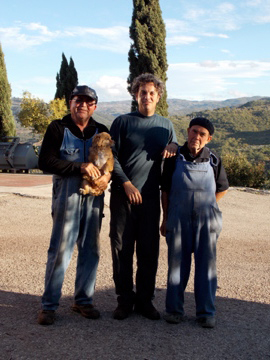
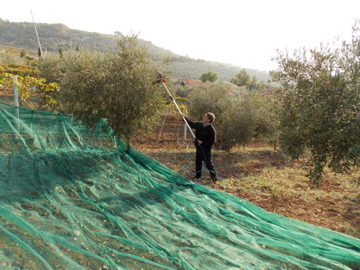 |



